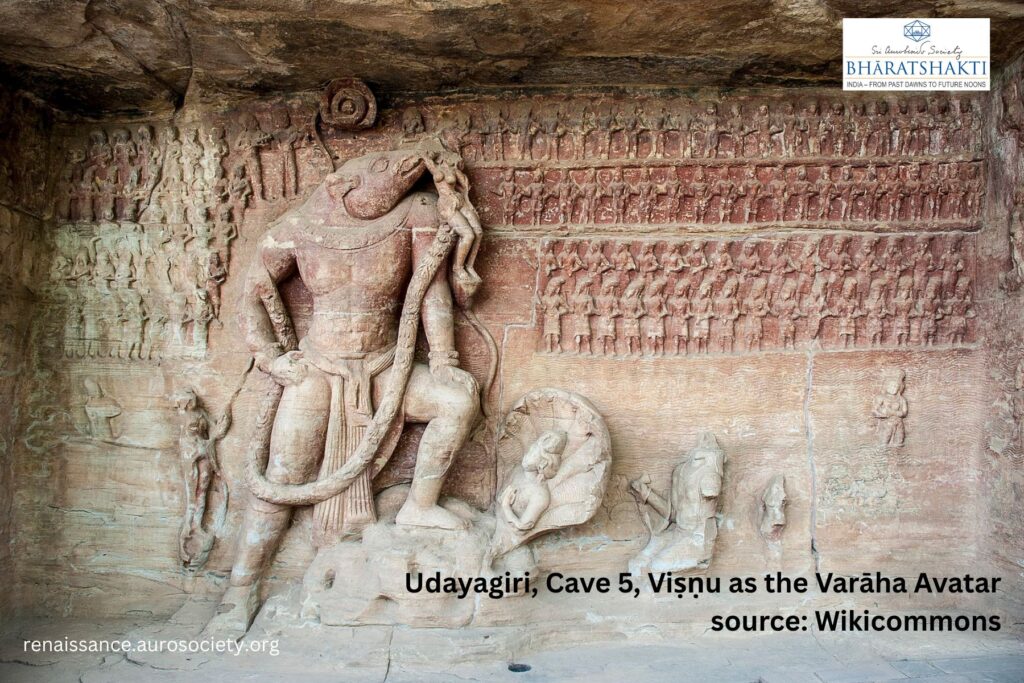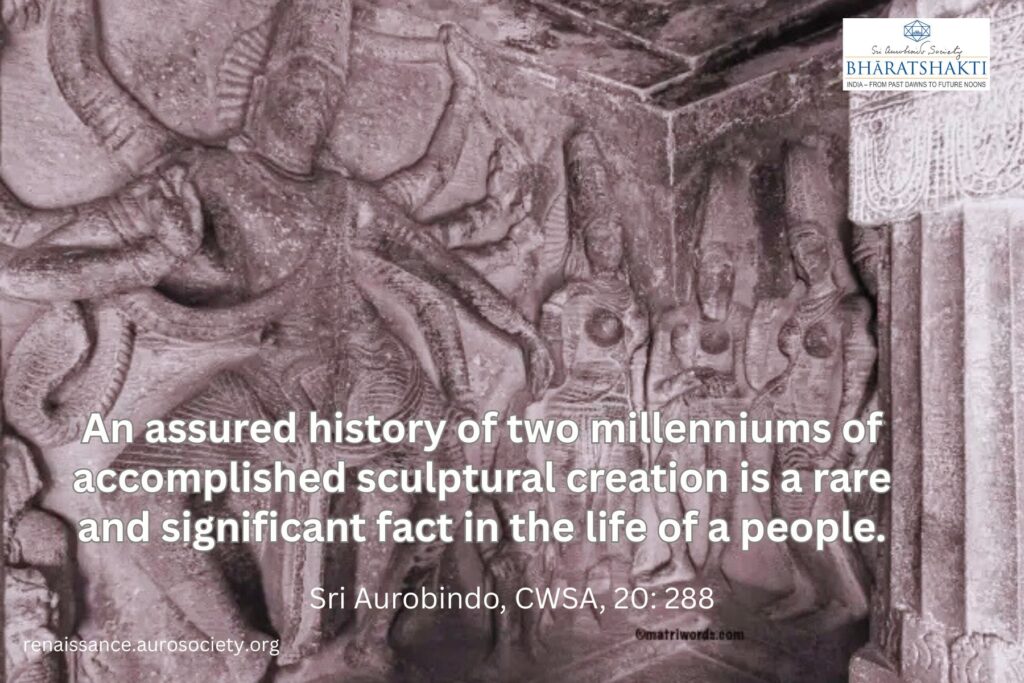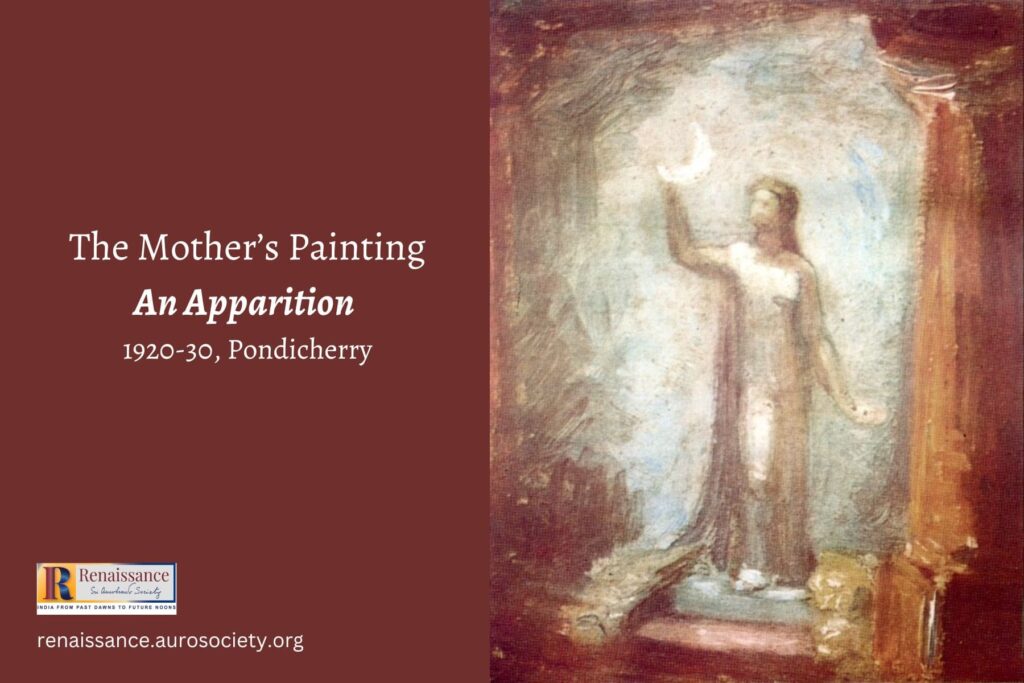Volume V, Issue 1
Author: Swami Vivekananda
Editor’s Note: We feature three excerpts from Swami Vivekananda’s addresses on Bhakti Yoga. In these he speaks of the significance and the symbolism of images and forms for a devotee. We find these addresses in Volumes 3 and 4 of Complete Works of Swami Vivekananda. We have made a few minor formatting revisions for the purpose of this digital presentation.

The Need of Symbols
The first part of religion is Vaidhi Bhakti, the lower phase of worship. What are these lower phases of worship? They are various. In order to attain to the state where we can realise, we must pass through the concrete — just as you see children learn through the concrete first — and gradually come to the abstract. If you tell a baby that five times two is ten, it will not understand; but if you bring ten things and show how five times two is ten, it will understand.
Religion is a long, slow process. All of us here are babies. We may be old, and have studied all the books in the universe, but we are all spiritual babies. While we have learnt the doctrines and dogmas, we have realised nothing in our lives.
We shall have to begin now in the concrete, through forms and words, prayers and ceremonies; and of these concrete forms there will be thousands; one form need not be for everybody.
Some may be helped by images, some may not. Some require an image outside, others one inside the brain. The man who puts it inside says, ‘I am a superior man. When it is inside it is all right; when it is outside, it is idolatry, I will fight it.’ When a man puts an image in the form of a church or a temple, he thinks it is holy; but when it is in a human form, he objects to it! So, there are various forms through which the mind will take this concrete exercise; and then, step by step, we shall come to the abstract understanding, abstract realisation. [. . .]
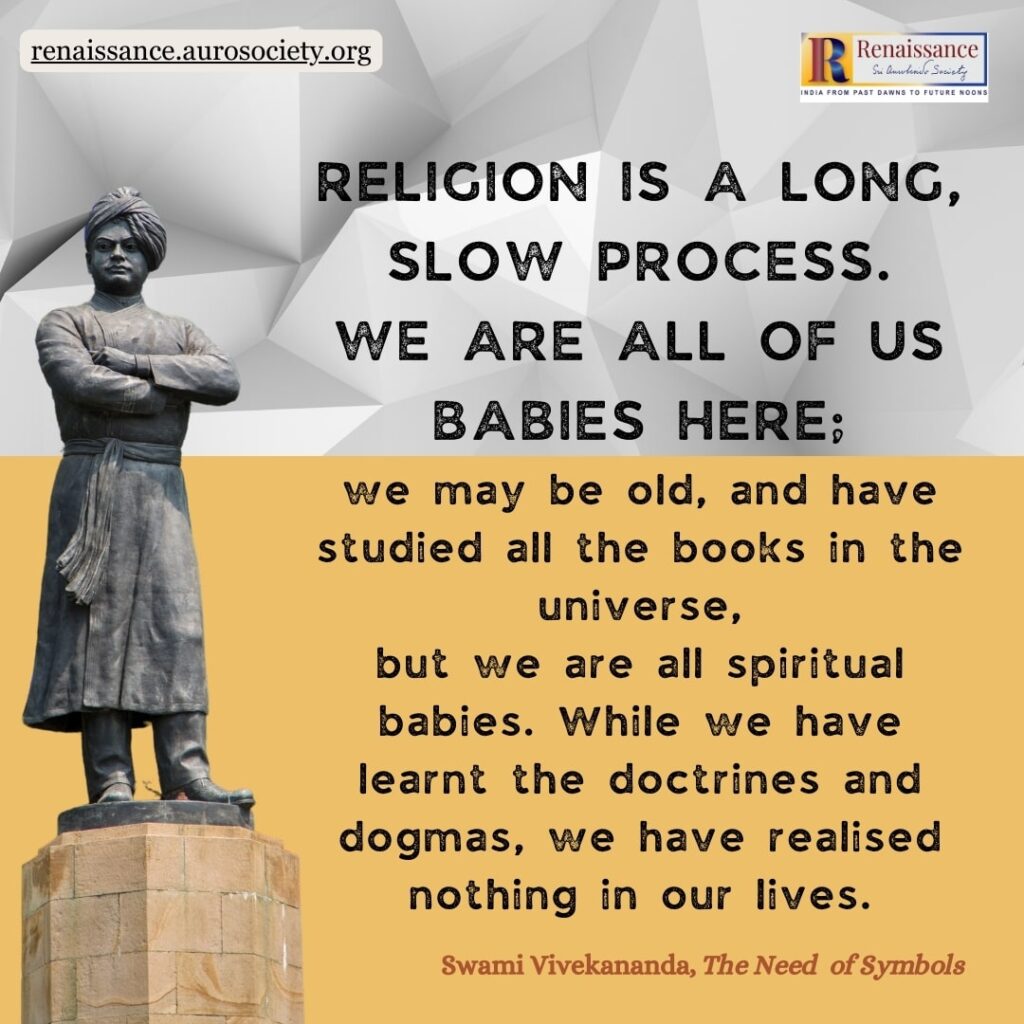
READ:
Of Dogs, Gods and Elements: Symbolism in the Upanishads
Symbols have great influence on the human mind. But great symbols in religion were not created indefinitely. We find that they are the natural expressions of thought. We think symbolically.
All our words are but symbols of the thought behind, and different people have come to use different symbols without knowing the reason why. It was all behind, and these symbols are associated with the thoughts; and as the thought brings the symbol outside, so the symbol, on the contrary, can bring the thought inside. So one portion of Bhakti tells about these various subjects of symbols and words and prayers.
~ Swami Vivekananda, The Need of Symbols, CWSV, Vol. 4

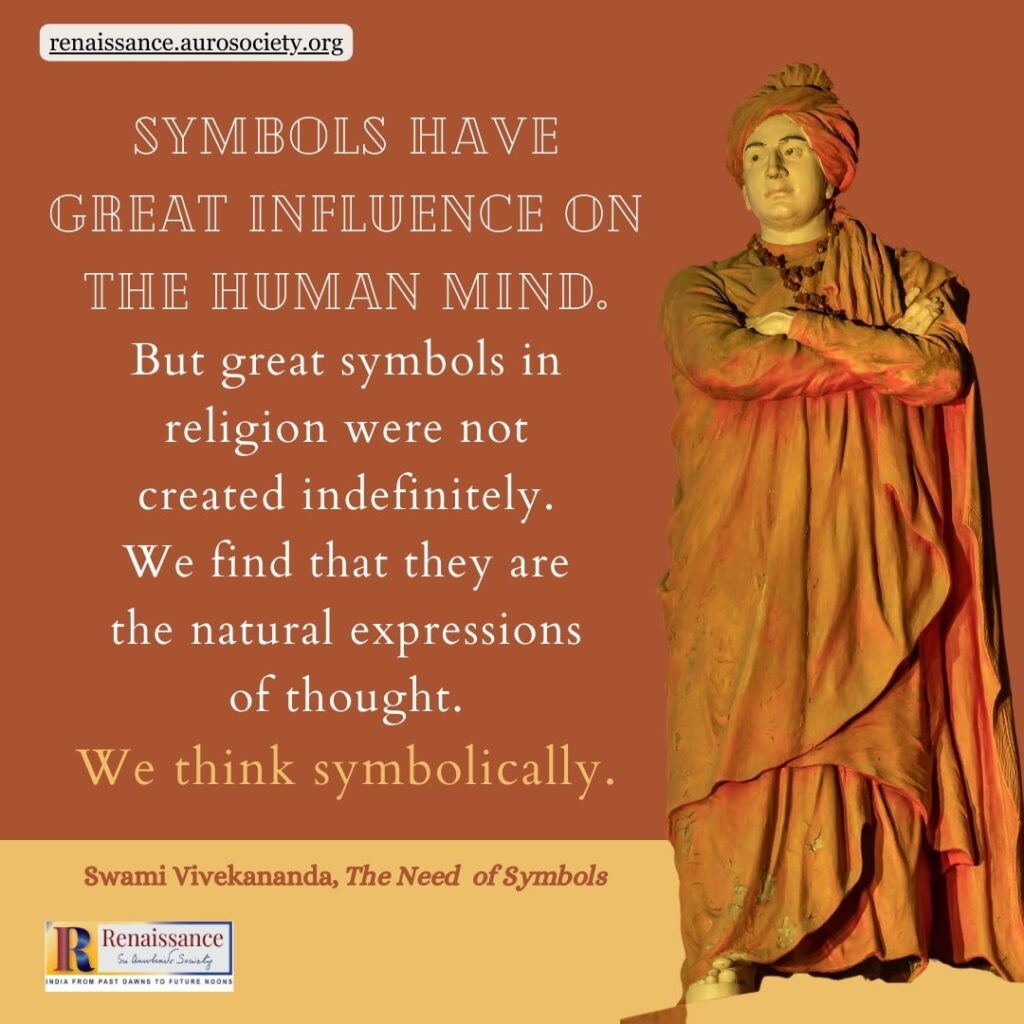
The Chief Symbols
Images and other things are quite necessary. You may try to concentrate your mind, or even to project any thought. You will find that you naturally form images in your mind. It cannot be helped.
Two sorts of persons never require any image — the human animal who never thinks of any religion, and the perfected being who has passed through these stages. Between these two points all of us require some sort of ideal, outside and inside. It may be in the form of a departed human being, or of a living man or woman. This is clinging to personality and bodies, and is quite natural. We are prone to concretise.
How could we be here if we did not concretise? We are concreted spirits. And so we find ourselves here on this earth. Concretisation has brought us here, and it will take us out. Going after things of the senses has made us human beings. And we are bound to worship personal beings, whatever we may say to the contrary.
It is very easy to say “Don’t be personal”; but the same man who says so is generally most personal. His attachment for particular men and women is very strong; it does not leave him when they die, he wants to follow them beyond death. That is idolatry; it is the seed, the very cause of idolatry; and the cause being there it will come out in some form. Is it not better to have a personal attachment to an image of Christ or Buddha than to an ordinary man or woman?
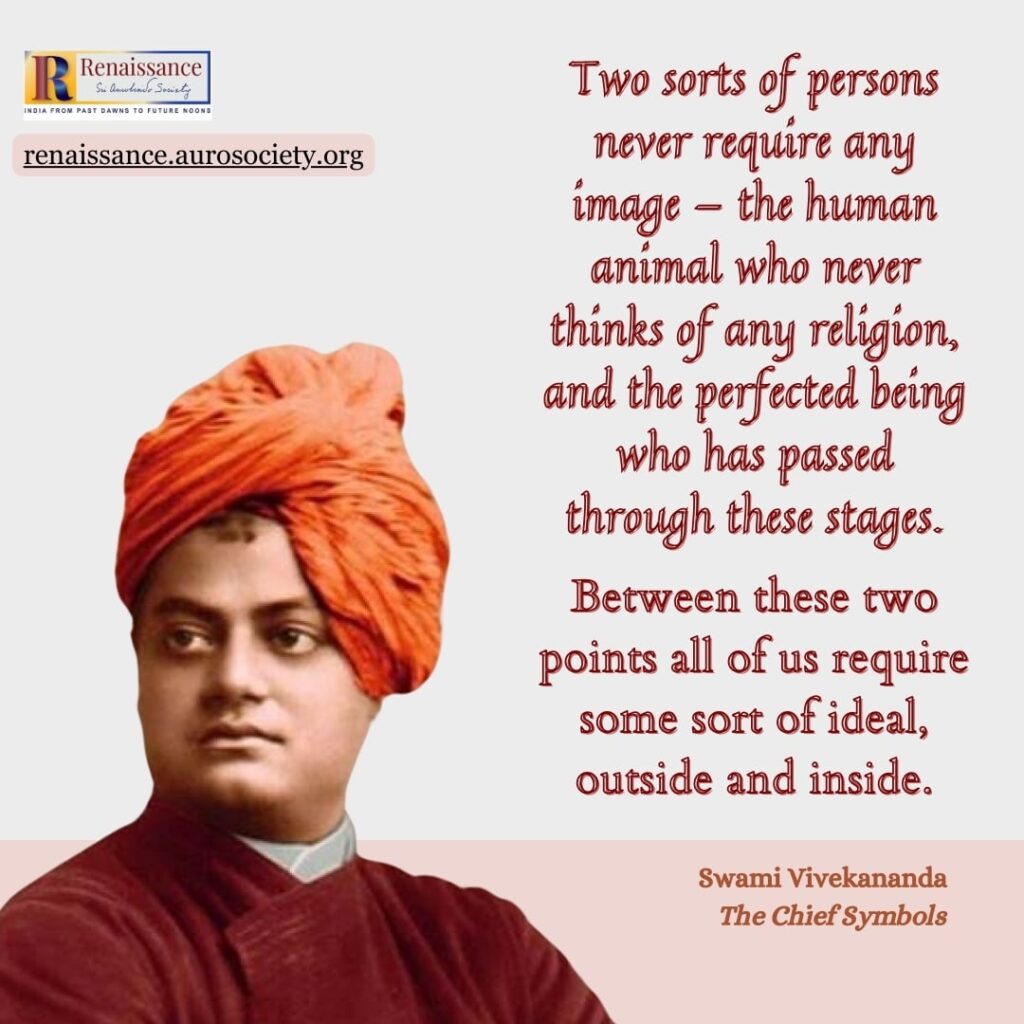
READ:
The Inner Truth of Mūrti Pūjā
In the West, people say that it is bad to kneel before images, but they can kneel before a woman and say, “You are my life, the light of my eyes, my soul.” That is worse idolatry. What is this talk about my soul my life? It will soon go away. It is only sense-attachment, selfish love covered by a mass of flowers. Poets give it a good name and throw lavender-water and all sorts of attractive things over it. Is it not better to kneel before a statue of Buddha or the Jina conqueror and say, “Thou art my life”? I would rather do that.
There is another sort of pratīka which is not recognised in Western countries, but is taught in our books. This teaches the worship of mind as God.
Anything that is worshipped as God is a stage, a nearing, as it were. An example of this is the method of showing the fine star known as Arundhati, near the group Pleiades. One is shown a big star near to it, and when he has fixed his attention on this and has come to know it, he is shown a finer and still nearer star; and when he has fixed his attention on that, he is led up to Arundhati. So all these various pratīka-s and pratimā-s lead to God.
The worship of Buddha and of Christ constitute a pratīka, a drawing near to the worship of God.
But this worship of Buddha and of Christ will not save a man, he must go beyond them to Him who manifested Himself as Jesus Christ, for God alone can give us freedom. There are even some philosophers who say these should he regarded as God; they are not pratīka-s, but God Himself. However, we can take all these different pratīka-s, these different stages of approach, and not be hurt by them. But if we think while we are worshipping them that we are worshipping God, we are mistaken.
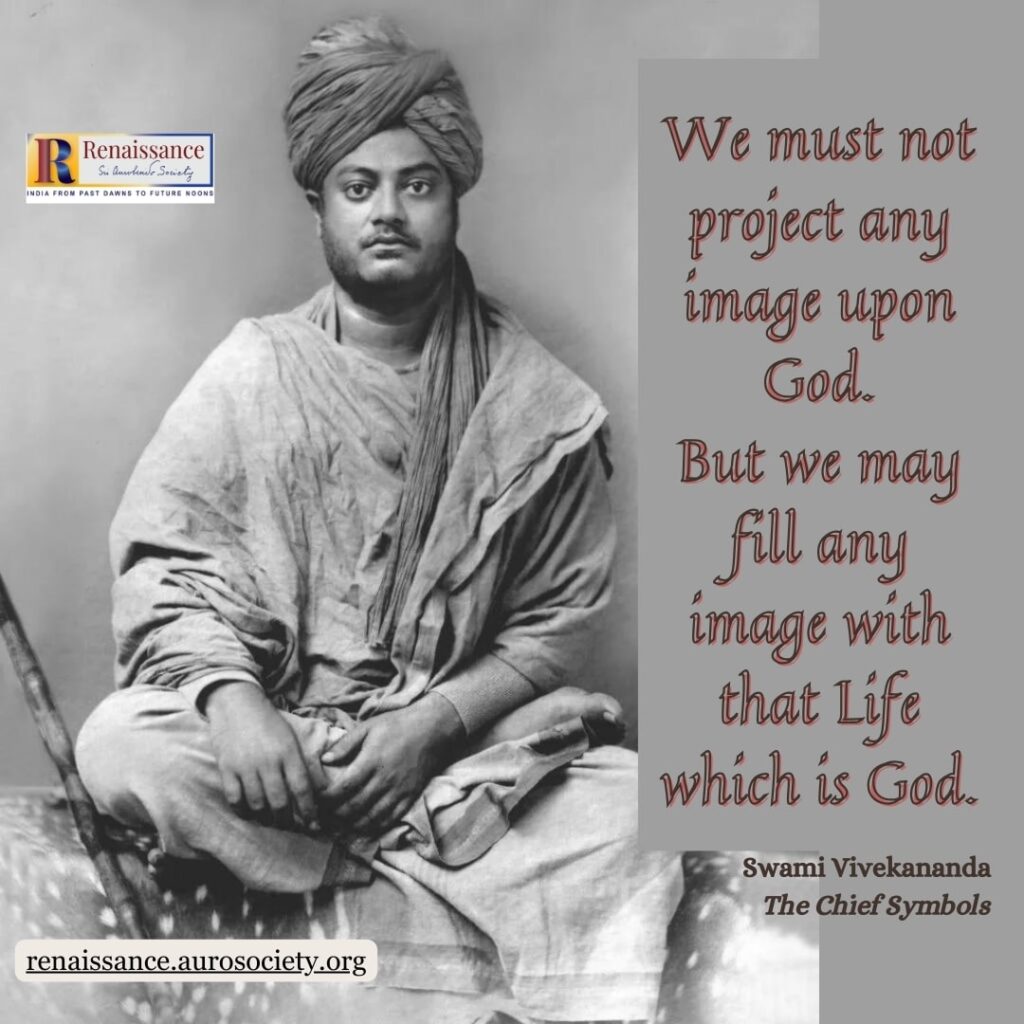
If a man worships Jesus Christ, and thinks he will be saved by that, he is mistaken entirely. If a man thinks that by worshipping an idol or the ghosts or spirits of the departed he will be saved, he is entirely mistaken. We may worship anything by seeing God in it, if we can forget the idol and see God there. We must not project any image upon God. But we may fill any image with that Life which is God. Only forget the image, and you are right enough — for “Out of Him comes everything”. He is everything.
We may worship a picture as God, but not God as the picture. God in the picture is right, but the picture as God is wrong. God in the image is perfectly right. There is no danger there. This is the real worship of God. But the image-God is a mere pratīka.
~ Swami Vivekananda, The Chief Symbols, CWSV, Vol. 4

Worship of Substitutes and Images
What is the worship of God through a pratīka? It is अब्रह्मणि ब्रह्मदृष्ट्याऽनुसन्धानम् — Joining the mind with devotion to that which is not Brahman, taking it to be Brahman,’ says Bhagavān Rāmānuja. “Worship the mind as Brahman—this is internal; and the ākāsha is Brahman—this is with regard to the Devas,” says Shankara. The mind is an internal pratīka, the ākāsha is an external one; and both have to be worshipped as substitutes of God. He continues, “Similarly, ‘The Sun is Brahman—this is the command’ . . . ‘He who worships name as Brahman’—in all such passages the doubt arises as to the worship of pratīka-s . . .”
The word pratīka means going towards; and worshipping a pratīka is worshipping something as a substitute which is, in some one or more respects, like the Brahman more and more, but is not the Brahman. Along with the pratīka-s mentioned in the Śruti-s there are various others to be found in the Purāṇas and the Tantras. In this kind of pratīka-worship we may include all the various forms of Pitri (manes)-worship and Deva (god)-worship.
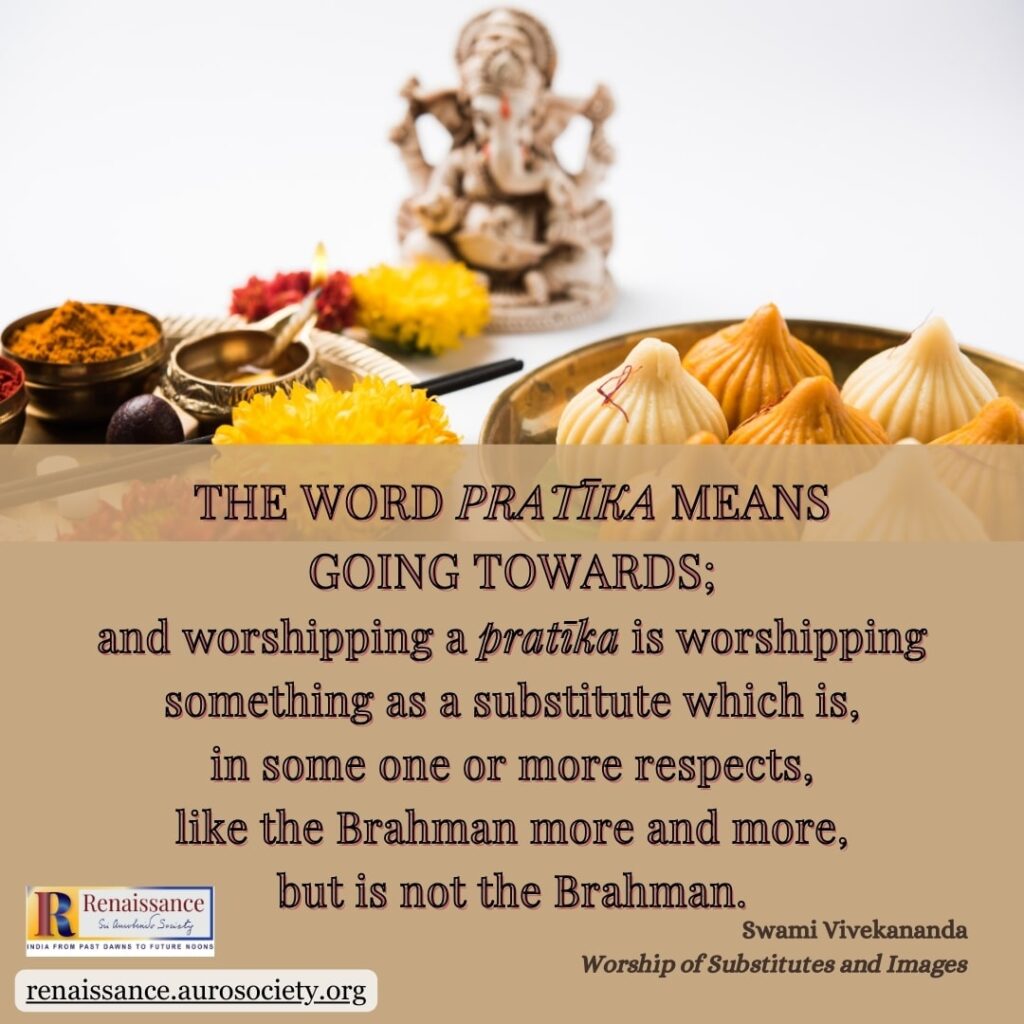
Now, worshipping Ishwara and Him alone is Bhakti; the worship of anything else, Deva or Pitri, or any other being cannot be Bhakti. The various kinds of worship of the various Devas are all to be included in ritualistic Karma which gives to the worshipper only a particular result in the form of some celestial enjoyment, but can neither give rise to Bhakti nor lead to Mukti.
READ:
The Gods and Goddesses of the Veda
One thing, therefore, has to be carefully borne in mind. If, as it may happen in some cases, the highly philosophic ideal, the supreme Brahman, is dragged down by pratīka-worship to the level of the pratīka, and the pratīka itself is taken to be the ātman (Self) of the worshipper, or his antaryāmin (God as Inner Ruler), the worshipper gets entirely misled, as no pratīka can really be the ātman of the worshipper.
But where Brahman Himself is the object of worship, and the pratīka stands only as a substitute or a suggestion thereof, that is to say, where, through the pratīka the omnipresent Brahman is worshipped —the pratīka itself being idealised into the cause of all, the Brahman—the worship is positively beneficial; nay, it is absolutely necessary for all mankind, until they have all got beyond the primary or preparatory state of the mind in regard to worship.
When, therefore, any gods or other beings are worshipped in and for themselves, such worship is only a ritualistic Karma and as a Vidya (science) it gives us only the fruit belonging to that particular Vidya; but when the Devas or any other beings are looked upon as Brahman and worshipped, the result obtained is the same as by the worshipping of Ishwara.
READ:
Deva and Asura in the Bhagavad Gita
This explains how, in many cases, both in the Śruti-s and the Smṛti-s, a god, or a sage, or some other extraordinary being is taken up and lifted, as it were, out of its own nature and idealised into Brahman, and is then worshipped.
Says the Advaitin, “Is not everything Brahman when the name and the form have been removed from it?” “Is not He, the Lord, the innermost self of everyone?” says the Vishishtadvaitin. फलम् आदित्याद्युपासनेषु ब्रह्मैव दास्यति सर्वाध्यक्षत्वात् — The fruition of even the worship of Ādityas etc., Brahman Himself bestows, because He is the Ruler of all. Says Shankara, in his Brahma-Sutra-Bhāshya: — ईदृशं चात्र ब्रह्मण उपास्यत्वं यतः प्रतीकेषु तत्दृष्ट्याध्यारोपणं प्रतिमादिषु इव विष्ण्वादीनाम्। “Here in this way does Brahman become the object of worship, because He, as Brahman, is superimposed on the pratīka-s, just as Vishnu etc., are superimposed upon images etc.”
The same ideas apply to the worship of the pratimā-s as to that of the pratīka-s; that is to say, if the image stands for a god or a saint, the worship is not the result of Bhakti, and does not lead to liberation; but if it stands for the one God, the worship thereof will bring both Bhakti and Mukti.
Don’t miss:
Reverential Pranāms to Vāgdevi Saraswati
Of the principal religions of the world, we see Vedantism, Buddhism, and certain forms of Christianity freely using images; only two religions, Mohammedanism and Protestantism, refuse such help.
Yet the Mohammedans use the graves of their saints and martyrs almost in the place of images; and the Protestants, in rejecting all concrete helps to religion, are drifting away every year farther and farther from spirituality, till at present there is scarcely any difference between the advanced Protestants and the followers of Auguste Comte, or the Agnostics who preach ethics alone.
Again, in Christianity and Mohammedanism, whatever exists of image-worship is made to fall under that category in which the pratīka or the pratimā is worshipped in itself, but not as a ‘help to the vision’ of God; therefore, it is at best only of the nature of ritualistic Karmas and cannot produce either Bhakti or Mukti. In this form of image-worship, the allegiance of the soul is given to other things than Ishwara, and therefore, such use of images, or graves, or temples, or tombs is real idolatry; it is in itself neither sinful nor wicked—it is a rite—a Karma, and worshippers must and will get the fruit thereof.
~ Swami Vivekananda, Worship of Substitutes and Images, CWSV, Vol. 3
***
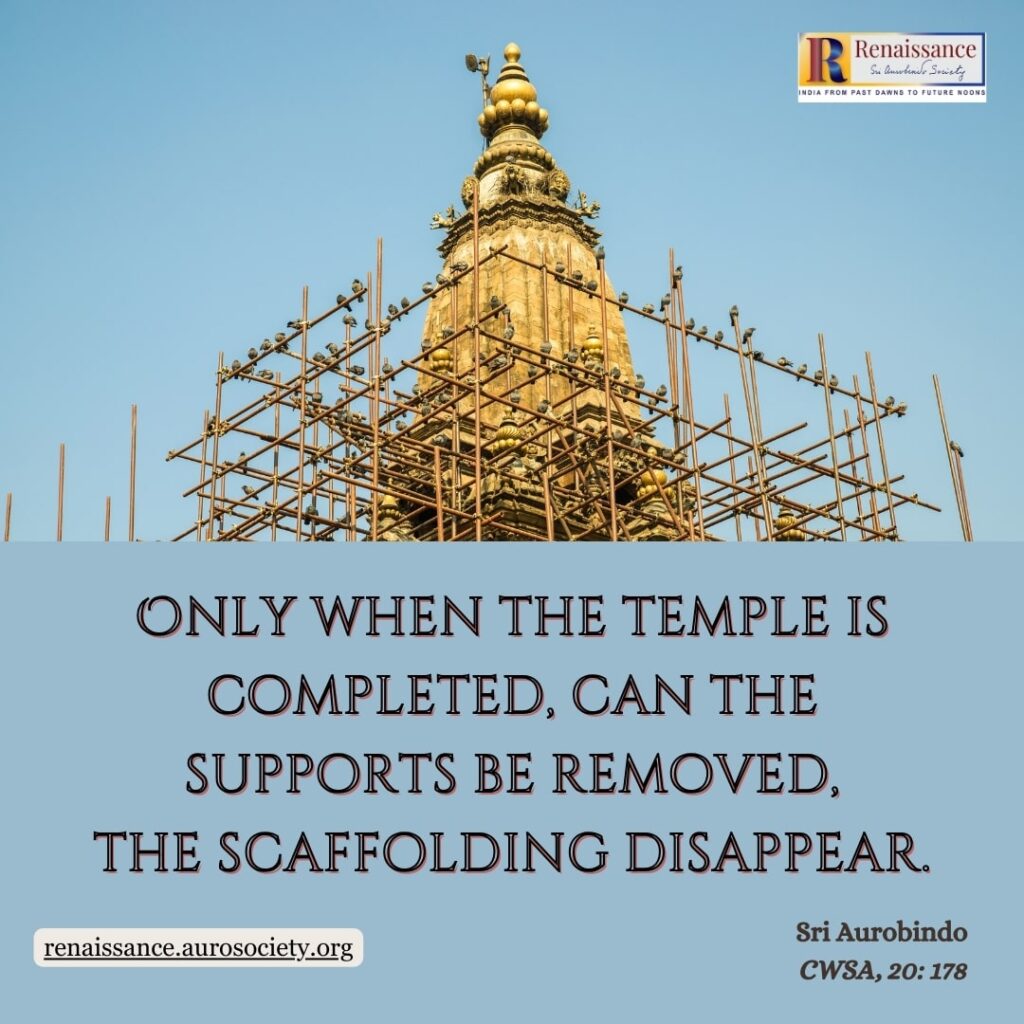
. . . man does not arrive immediately at that highest inner elevation and, if it were demanded from him at once, he would never arrive there. At first he needs lower supports and stages of ascent; he asks for some scaffolding of dogma, worship, image, sign, form, symbol, some indulgence and permission of mixed half-natural motive on which he can stand while he builds up in him the temple of the spirit. Only when the temple is completed, can the supports be removed, the scaffolding disappear.
~ Sri Aurobindo, CWSA, Vol. 20, p. 178

~ Design: Beloo Mehra

